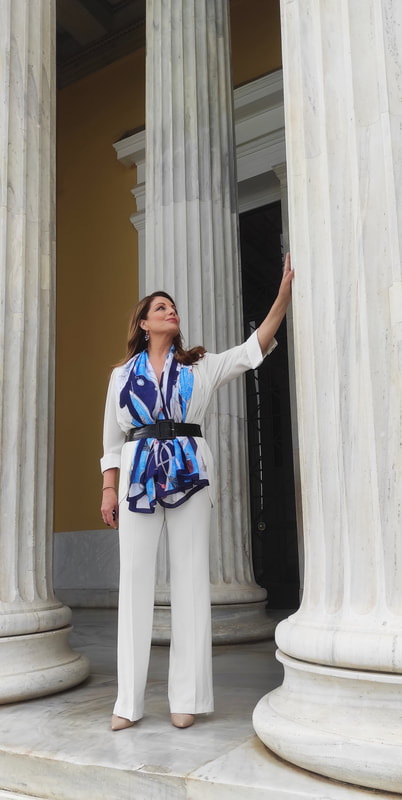Caryatid
Τhe daughter of Αthens
Caryatid is a sculpted female figure serving as architectural support in the place of a column or a pillar. Its purpose in architecture is mainly decorative. The most famous Caryatids are the ones of Erechtheion on Acropolis Hill, Athens.
The most famous Caryatids are the Caryatids of Erechtheion. The six sisters were “born” when their home, Erechtheion, was built on the Acropolis.
The Caryatids proudly support the roof, gazing at the Parthenon with an ethereal look. All six of them look very similar, but on closer inspection, one will notice that each one is unique. Their juicy bodies seem to breathe under the folds of the veil, the shoulders are bare, their hair long and tied in a different manner for each elaborate hairstyle.
Their legs are bent, they wear a simple Doric veil that forms folds between breasts and rolls effortlessly to the feet. They were painted on the surface, each one a different color which faded on the course of time.
One of the Caryatids was removed from the Erechtheion by Lord Elgin in 1801 and is now being held in the British Museum. Efforts by the Greek government to retrieve the Caryatid and unite her with her five sisters in Athens are continuous but have yet to prove successful, with the British government refusing to return her. The Caryatids of Erectheion were replaced by the Greek government with replicas, to protect the originals from the pollution of the city. The original Caryatids are now exhibited in the new Acropolis Museum, with one empty space for the return of their sister from the British Museum.
Angela Gerekou
President of the GNTO


